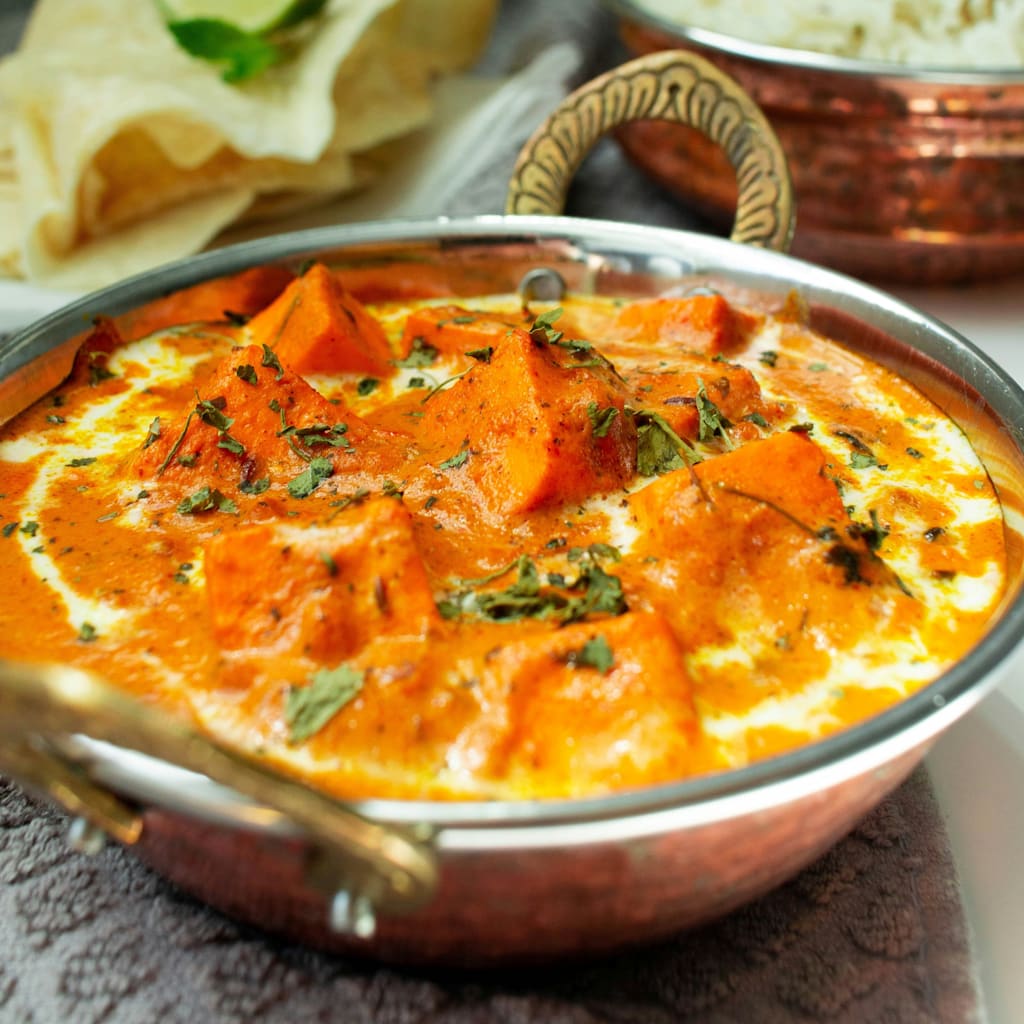Shahi Paneer
Shahi Paneer, one of the most beloved dishes in Indian cuisine, is steeped in royal heritage and culinary tradition. The term "Shahi" translates to "royal," while "paneer" refers to the Indian cottage cheese that serves as the dish's star ingredient. This delectable dish has its roots in the Mughal Empire, which ruled large parts of the Indian subcontinent between the 16th and 18th centuries.
Origins and Cultural Significance The Mughals were renowned for their lavish feasts and elaborate culinary innovations, often blending Persian, Central Asian, and Indian flavors to create dishes that were rich, aromatic, and luxurious. Shahi Paneer is believed to have been created in the royal kitchens of the Mughal emperors to embody the grandeur and opulence of their courts.
Unique Preparation The dish typically consists of paneer cubes simmered in a creamy, tomato-based gravy enriched with a blend of aromatic spices, cashew or almond paste, and cream. Saffron, a prized spice, was often used in traditional recipes to impart a golden hue and an aura of royalty. The inclusion of nuts and dairy made it a high-calorie, high-protein dish, perfectly suited for the indulgent feasts of the Mughal era.
Modern Adaptations Over time, Shahi Paneer transcended its royal origins to become a household favorite, especially in North India. It is now a staple at celebratory meals, weddings, and festivals, where its rich, creamy flavor continues to evoke a sense of luxury. The dish has also evolved to suit modern tastes, with chefs experimenting with various ingredients and techniques to create unique interpretations while retaining its essence. Whether served with naan, roti, or basmati rice, Shahi Paneer remains a testament to the culinary genius of India’s royal past and an enduring favorite among food lovers worldwide.
